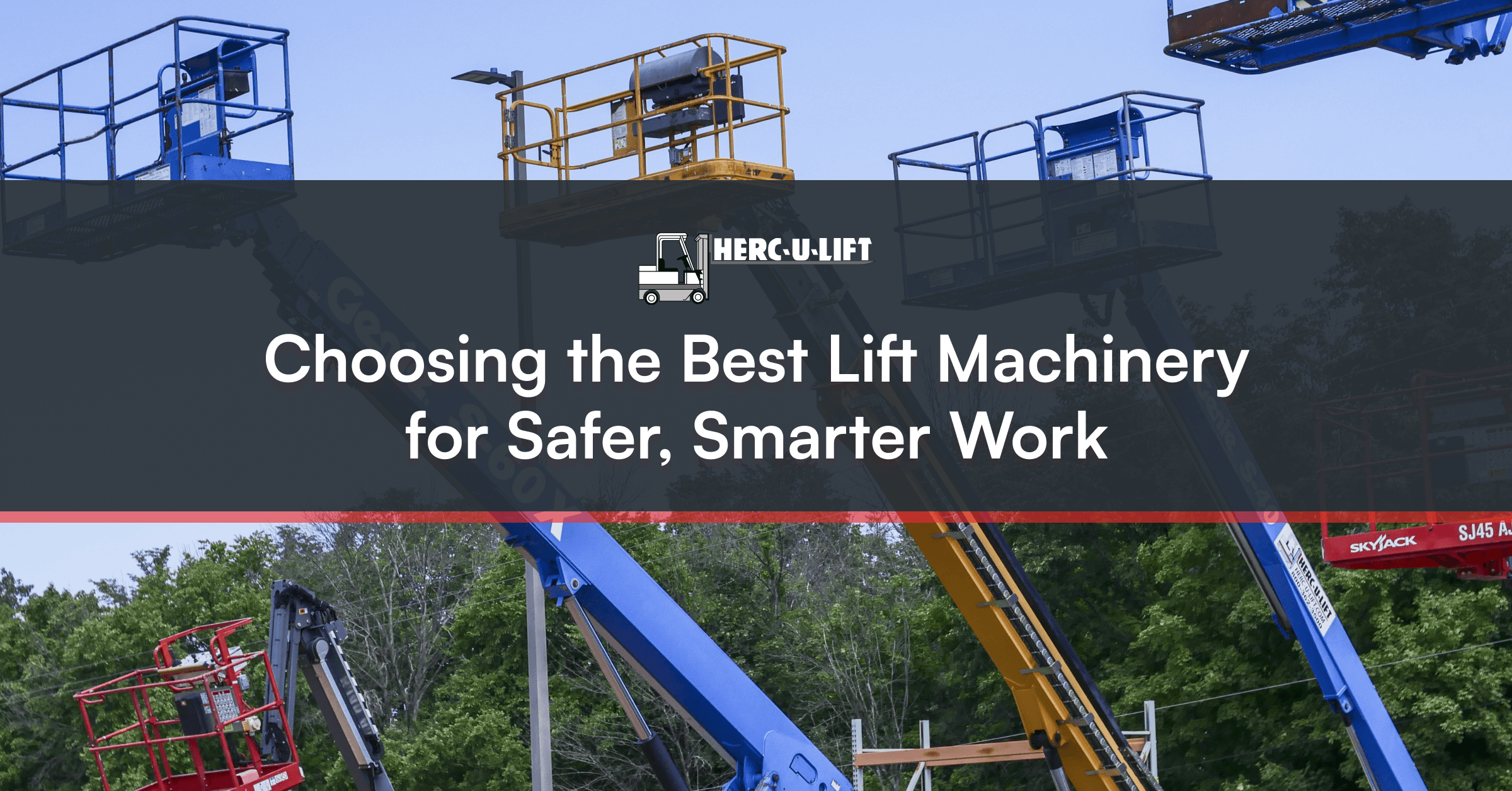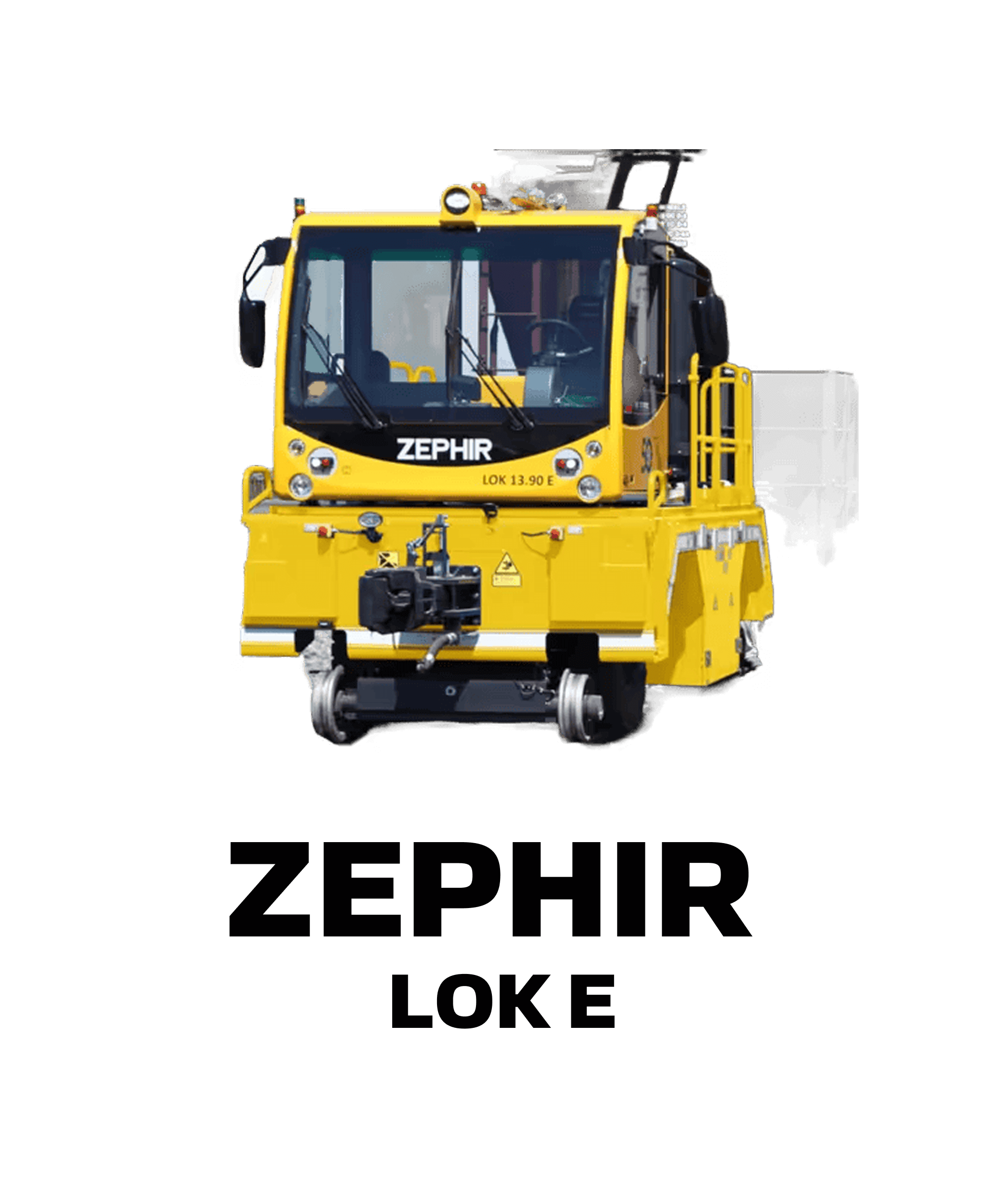Material Handling Made Easy: Choosing the Best Lift Machinery for Your Job

Try moving heavy loads without the right equipment and you’ll quickly learn this lesson: it can be frustrating and dangerous. This is exactly where lift machines step in.
Lift machinery is a special equipment that handles substantial weight and elevated work. They do jobs that would be too hard or risky for workers to manage alone. They come in a variety of types, models, and features. They are commonly used in industries like construction, warehousing, manufacturing, and maintenance.
Of course, selecting the right lift machine impacts your safety and operational costs. With the right one, you can also avoid unnecessary downtime.
In this article, we will define what lift machines are and give you an overview of the most common types. We’ll also cover key factors in choosing the right one for your project. Beyond that, we’ll also teach you when it makes sense to buy or rent and review essential safety standards. Finally, we’ll even highlight leading brands and answer common questions related to lift machinery.
Go grab your hard hat. The lesson starts now!
What is a Lift Machine?
At its core, a lift machine is a mechanical device designed to raise people, materials, or both to higher elevations. Without lift machines, manual lifting would be inefficient, unsafe, or impossible. No wonder, they play a critical role in industrial and commercial settings.
For example, lift machines hoist materials or workers up multiple stories in construction sites. In warehouses, they streamline storage and retrieval in high-bay racking systems. They also give safe access to ceilings, utility poles, and overhead machinery.
Although lift machinery and construction lifting equipment are often used interchangeably, they aren’t always identical. “Lift machinery” is a general term that refers to any equipment designed to raise loads. “Construction lifting equipment” is a specific category within that term, focused on machines used in the building industry. This includes cranes, forklifts, hoists, and boom lifts.
Types of Lift Machinery
How to Choose the Right Lift Machine
Selecting the right machine isn’t rocket science. But it does require some planning. Consider the following factors:
Load Capacity
Know the maximum weight you’ll need to lift. Always factor in both workers and tools. A good rule is to never cut it too close. Choose one with a 25% rating more than you expect to lift. Avoid overloading because it compromises safety and equipment performance.Maximum Height
The machine should meet or exceed the project’s required working height. Case in point, a scissor lift that maxes out at 20 feet won’t help on a 40-foot warehouse ceiling.Power Source
Electric-powered lifts operate quietly and are emission-free. As such, they are perfect for indoor jobs. Diesel models are best suited for rough outdoor settings. Hybrid units are versatile and can work both in indoor and outdoor settings.Mobility
Decide if you need a self-propelled or a stationary machine. Self-propelled lifts let operators adjust height and move across the job site as needed. Stationary units are better for tasks confined to a single area.Durability
Consider weather conditions, site terrain, and frequency of use. Outdoor construction in rain or mud requires a tougher machine than an indoor warehouse job. For frequent or long-term use, go with a durable machine that can withstand operational demands.Buying vs. Renting Lift Machinery
| Buying is the right move if: | Renting makes sense if: |
| You’ll use the machine regularly. | Your projects are short-term or seasonal. |
| You want control over maintenance schedules. | You don’t want to deal with maintenance or storage. |
| You’re running long-term or ongoing projects. | You need different lift machines for different jobs. |
Price ranges vary widely, depending on the specs and model. For example, buying a new scissor lift could cost anywhere from $15,000 to $75,000. In comparison, scissor lift rentals will set you back around $100 to $300 per day or $400 to $600 per week.
To sum it up:
Buying pays off when you use the machine often.
Renting keeps costs low and gives you greater flexibility.
Safety Standards and Best Practices
Working at height isn’t the place to cut corners. Safety should always be your first thought when operating lift machinery. Here are some important considerations:
Operator Training
OSHA requires safety training for all operators. This ensures expertise with lift machine controls and emergency procedures.Routine Maintenance
As an operator, you’ll need to keep your equipment in top shape. Daily pre-checks, regular inspections, and manufacturer-recommended servicing are important.Certifications
Depending on local regulations, operators may need certifications or licenses. Businesses must comply with these requirements to reduce liability and ensure safe operations.PPE (Personal Protective Equipment)
Helmets, harnesses, gloves, and fall-arrest systems are a must for operators and crew members. Proper PPE reduces the risk of injury in the event of equipment malfunction or operator error.Leading Brands and Suppliers
FAQs About Lift Machines



